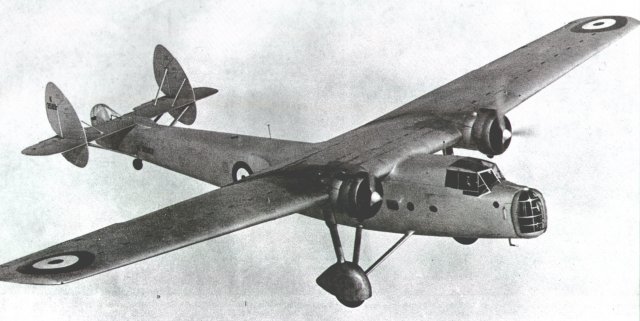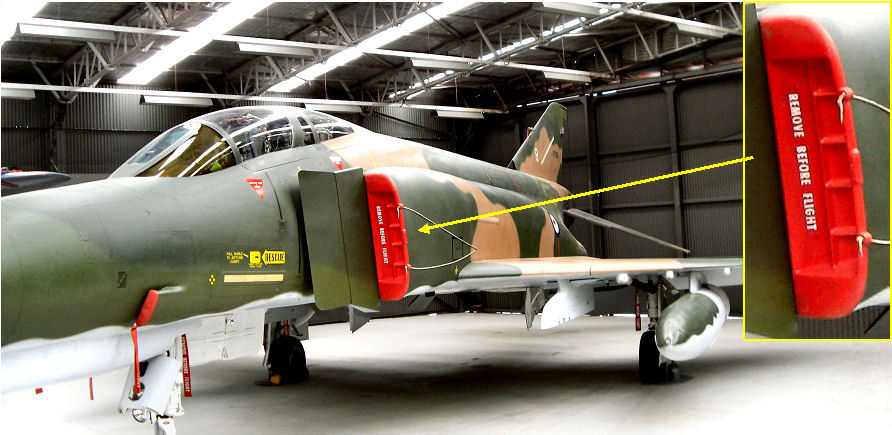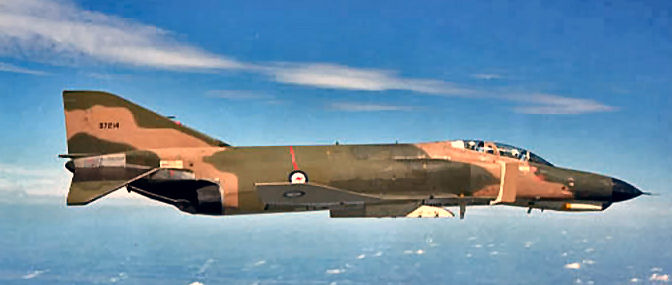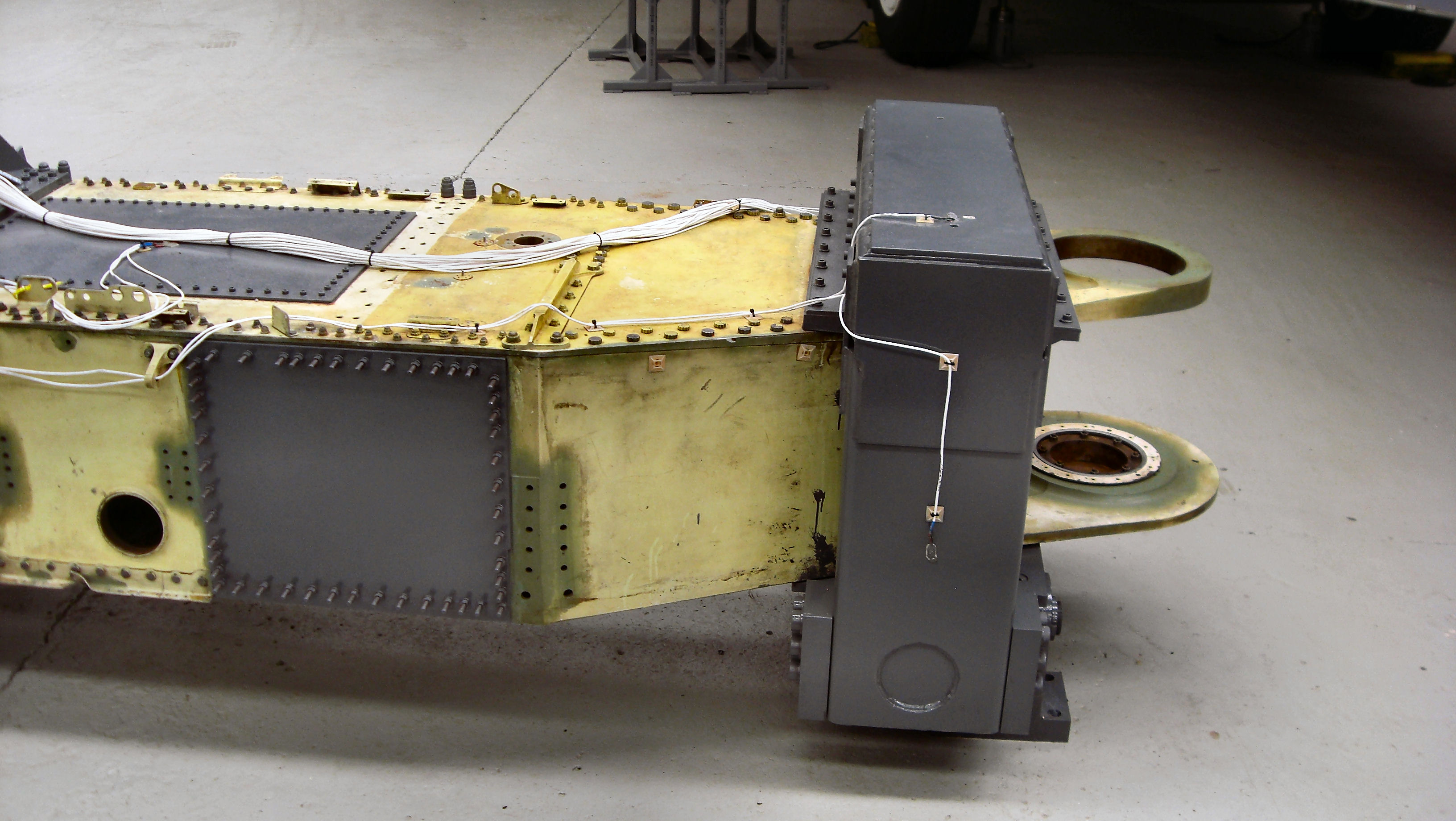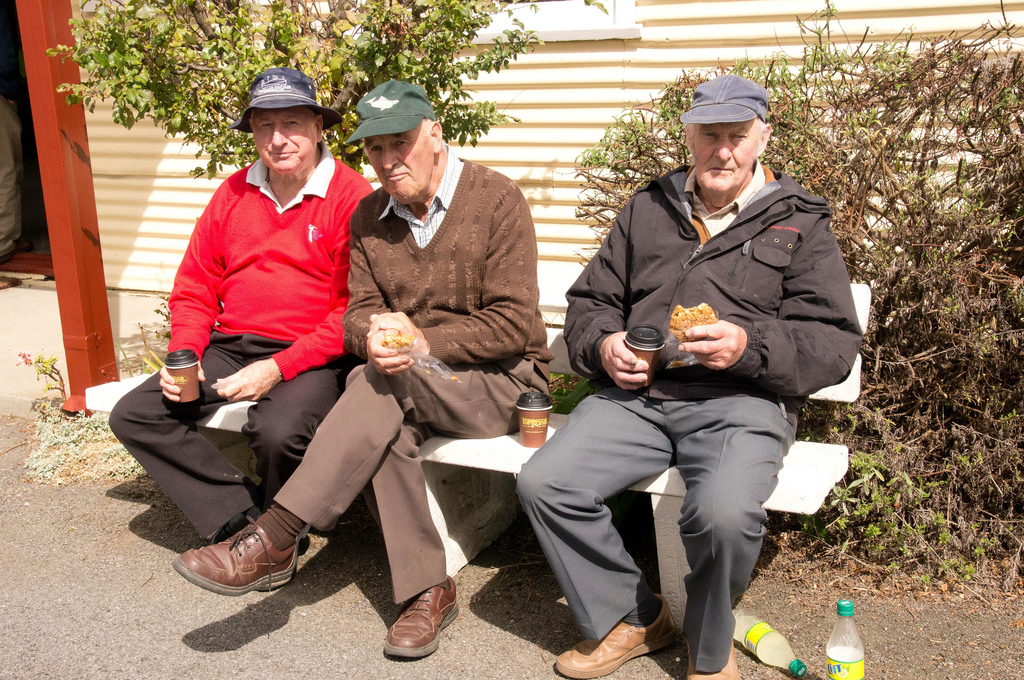|
Radschool Association Magazine - Vol 35 Page 10 |
|
Privacy Policy | Editorial Policy | Join the Association | List of Members | Contact us | Index | Links | Print this page |
|
|
|
The F-35
In 2002, in a surprise decision, the then Defence Minister, Robert Hill, announced that Australia's future fighter aircraft was to be the 5th generation F-35 Lightning Joint Strike Fighter, currently being developed by Lockheed-Martin.
For Australia these risk factors combine with the deeper and more fundamental issues arising from the intended use of a survivable battlefield interdiction and close air support fighter in the more challenging roles of 'air dominance fighter' and 'deep strike fighter', roles which impose their own unique needs on combat aircraft.
As the Soviet built Sukhoi aircraft starts to roll out and be taken up by nations across Asia, Australia will face the technologically most competitive region on the planet, with the newest fleet of third and emerging fourth generation fighters in service worldwide in ever increasing numbers.
There can be no doubt the strategy of early commitment to 5th Generation aircraft had its merits as an ambit claim to lock down future defence funds, otherwise likely to be gobbled up by the Army and Navy with their own modernisation needs and agendas. Buying into F35 provided some sectors of Australia's industry, especially in component manufacture, access to a potential market. Australia also gets to sit in on development team meetings, gaining an opportunity to learn much about the issues in the 5th Gen technology base used in the F-22A and F-35.
The early commitment strategy
however has its drawbacks as well. The first is that the RAAF must
politically defend a massive burst of single service expenditure in
the 2012 to 2020 timeframe - with early outlays already underway. In
the face of intense inter-service budgetar
Briefing slides presented to staff officers with generalist backgrounds are a far cry from immersion in the nitty gritty science and engineering involved. Unless personnel with suitable engineering/science backgrounds and considerable experience are engaged to exploit the gathered data in depth, it may contribute little useful value.
The industry benefit may also prove illusory, in that the highest value added systems integration and software sector of the industry gets a much smaller bite than the hardware manufacturing sector, who in turn must compete against overseas peers to retain their workshare. The worst case outcome - a risk in its own right - is that the manufacturers end up with very little, the Commonwealth with little technology transfer, and the RAAF gets stripped to the bone over the next decade fending off Army and Navy demands for budget.
|
|
|
|
F-35 on display at the recent Avalon Air Show
|
|
The RAAF has not competed effectively in the internal budgetary game in recent times - the 2003 Development Control Plan (DCP) update saw the RAAF lose the F-111 for no gain in AEW&C, tankers or other 'tier one' assets. The Army gained tier one Main Battle Tanks, the Navy tier one Anti-air warfare (AAW) destroyers, and the RAAF lost its only 'tier one' combat asset, the F-111.
At the most fundamental level the
RAAF faces two key challenges in replacing the F-111 and F/A-18A.
The first is in choosing technology which is relevant 40 years
hence, effectively ruling out evolved 3rd Gen fighters like the
Eurocanards and F-15E, F/A-18E/F. The recently announced intention
to purchase 24 x F/A-18F aircraft will not only reverse this
position but puts into dispute declarations by Defence as recently
as November last year (less than one month before the announcement)
that an interim capability was not warranted as there would be no
capability gap under the then current plans, despite clear advice to
the contrary by a number of expert analysts dating back as far as
2001.
Click HERE to see video of the F35
|
|
Paddy calls Virgin to book a flight. The operator asks "How many people are flying with you?" Paddy replies "How the hell would I know? It’s your plane!"
|
|
Point Cook.
While in Melbourne recently we had a look over the Point Cook museum. Normally you can’t just drive onto Point Cook unless you’re invited or escorted by someone, but if you pull up at the gate and say you would like to look through the Museum you just sign the book, click on the tag they give you and away you go – strange?? Seems to work though!!
|
|
Entrance to Point Cook – a new sign, but apart from that, not changed a lot over the years. (Click the pic for a clearer view) |
|
|
|
However, it is definitely worth the trip as the Museum is magnificent. It is open Tuesdays to Fridays from 10.00am to 3.00pm and on Weekends and Public Holidays from 10.00am to 5.00pm and of course, entry is free, though if you feel like making a donation, you most certainly can.
You can either walk around at your own leisure or you can take a guided tour. These are conducted by Museum staff or trained volunteer host officers. If you wish to take the tour, and it is definitely the best way to see over the museum, these are available during the week only and you must pre-book. Last tour departs at 1.30pm. To book, you can either ring the Museum on 03 8348 6300 or you can do it on line HERE
There is plenty of private car parking across the road from the Museum or if your group wishes to travel out by bus, also no problem as there is bus parking next to the museum.
To really see over the Museum you need to allow yourself at least a couple of hours, there is just so much to see, but they have thought of that and toilets are available. Also, the museum has been designed so that wheelchair access is available to all parts, excluding the upper deck of the Restoration Hangar. Limited access to the lower deck of this area can be arranged for people with special needs. The staff are very obliging and if your group has any special needs, just ring them before hand and they will do what they can.
There is a shop where you can buy a wide range of Museum and/or Air Force souvenirs, including plaques, unit and aircraft cloth patches and specialist aviation history books and videos. See HERE.
The Museum is always interested in hearing from people who may be able to offer their time as a Volunteer. If you’re ex-RAAF (though that’s not mandatory - you could be ex ATC Madang for instance), and live over that side of Melbourne and have a few hours free each week or even only once a month, why not give them a call, go out and have a look over the place, it could be a good interest for you and it will help the Museum.
Volunteers are vital to the smooth running of the Museum and take part in a range of activities including acting as tour guides, assisting visitors, helping in research or with technical projects, such as restoration and aircraft cleaning.
If you would like to become a Volunteer, or simply want to talk over the options available, phone the Volunteer Coordinator on (03) 8348 6341 and arrange a meeting.
|
|
|
|
The Bristol Type 170 Freighter, part of the outdoor static display at the Museum.
|
|
The first Bristol Type 170 aircraft, built by the interesting firm Bristol Aircraft, evolved in 1943 as a development of the Bristol Bombay (below), which had been used by No 1 Australian Air Ambulance Unit in the Middle East campaigns of World War II. Two versions of the Type 170 were initially produced, the Wayfarer, with fixed nose, and the Freighter, with nose doors and strengthened floor. The prototype first flew on 2 December 1945, and altogether 214 were built.
In 1948 the Mk 21E, with the more powerful Hercules 672 engines, was produced as a convertible passenger/freighter version. Improvements included cabin heating, sound installation, removable passenger seats and a movable bulkhead.
The RAAF ordered three Bristol Freighter Mk 21Es and A81-1 (above) arrived in April 1949, whilst A81-2 and 3 flew into RAAF Base Mallala (75 klms north of Adelaide) in May 1949. A81-1 was used to transport troops to the coalfields during the strike in 1949 and it was also loaned to Airflite for survey flying between July 1952 and February 1953. In September 1951, a fourth Mk 21E, A81-4 joined the other aircraft in 34 Squadron.
On 25 November 1953, A81-2 was written off in an instrument flying accident. In 1955, A81-1, 3 and 4, were transferred from No 34 Squadron to Air Trials Unit, Detachment A, and in 1958 they were allotted to No 2 Air Trials Unit at Edinburgh where they remained until disposal action was initiated in July 1967.
|
|
Paddy, the Irish boyfriend of the woman whose decapitated head was found on a local beach, was asked to identify her. A detective held up the head to which Paddy said " No!, I don't think that's her, she wasn't that tall!" Sorry Rupe!!
|
|
|
|
The F4 Phantom, part of the indoor static display
|
|
The F4 Phantom, which is a tandem two-seat, twin-engined, all-weather, long-range supersonic jet interceptor fighter/fighter-bomber, was one of the most widely used aircraft types since World War 2.
5,195 were built serving with more than 30 nations.
Originally developed for the United States Navy by McDonnell Aircraft, it first entered service in 1960 and proved to be a highly adaptable aircraft. It was then adopted by the U.S. Marine Corps and the U.S. Air Force, and by the mid-1960s had became a major part of their respective air wings.
The Phantom is a large fighter with a top speed of over Mach 2. It can carry over 18,000 pounds (8,400 kg) of weapons on nine external hardpoints, including air-to-air and air-to-ground missiles and various bombs. The F-4, like other interceptors of its time, was designed without an internal cannon, but later models incorporated a M61 Vulcan rotary cannon. Beginning in 1959, it set 15 world records, including an absolute speed record, and an absolute altitude record.
In Australia, problems with the General Dynamics F-111C aircraft ordered by the RAAF in 1963 delayed their delivery, and ageing of the Canberras in service necessitated a stop-gap measure to fill the void. As a result, the United States Government offered to lease the RAAF 24 brand-new F-4E Phantom aircraft from the US Air Force at heavily-discounted rates, pending the delivery of the F-111C. The Australian Government reluctantly accepted the offer and the project was named 'Peace Reef'. The official contract was signed on 22 June 1970, with the aircraft being delivered to Australia in September and October of that year.
Phantoms were based at Amberley with Nos 1 and 6 Squadrons and were popular with aircrew and groundcrew for the aircraft's flying characteristics and ease of servicing respectively. Australia even considered cancelling its order for the F-111Cs and purchasing Phantoms, but this proved to be too expensive, as a fleet of KC-135 tankers would have needed to be purchased to support the aircraft. During their Australian service only one Phantom was lost in an accident and the remaining 23 were returned to the US in 1973.
Phantom production ran from 1958 to 1981.
Interesting sign on the air intake bung in the pic above – now, who would have thought to do that ???
If you want one, you can buy one from HERE
|
|
We can only wonder why the RAAF doesn't make at least 1 of each of its aircraft available to the Museum after they are time expired. Pt Cook looks to be well past it's fighting stage, it's got a runway, it got the hangers, it's got plenty of admin space, with a bunch more aircraft it could become a world class aircraft museum.
Other aircraft on display include the following: |
|
The Canberra. |
|
|
|
|
|
Hangered aircraft. |
|
|
|
|
|
The F111 |
|
|
|
|
|
The wing hinge from the F111. |
|
|
|
We would have liked to have a look over the base, but didn’t want to chance our luck and we were running out of time anyway, perhaps next time.
One place we would liked to have seen was the old pier which was a ‘favourite’ fishing spot all those years ago. We never caught any fish and on thinking back, I don’t think we ever had any bait, but it was fun.
|
|
|
|
“Fishing” at the pier back in 1967 are L-R: Dianne Hubner, Jenny Wren, Peter Kensett. |
|
|
|
Ballarat.
Phil Marsh sent us these photos taken at the recent Ballarat reunion. He said the Reunion was a great success, and unfortunately, it was the last. Most accepted it was better to finish with a bang.
Does anyone know these blokes????
|
|
|
|
|
|
|
|
Back Go to page: 1 2 3 4 5 6 7 8 9 10 11 12 13 14 15 16 17 18 19 20 Forward
|
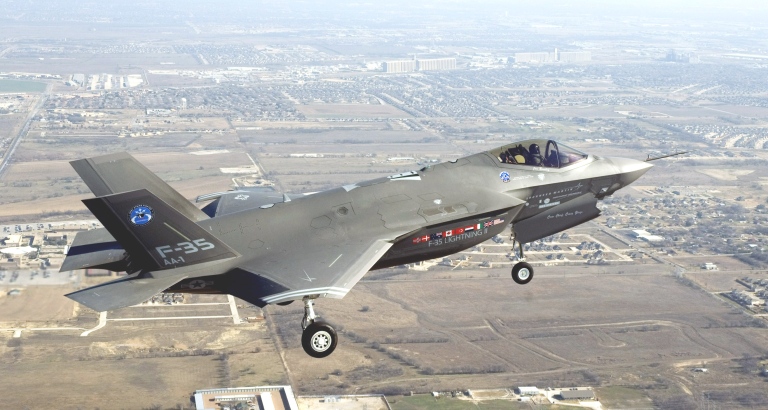
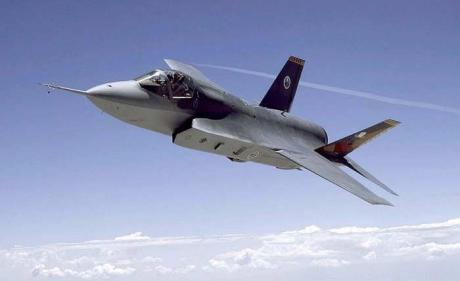 y
competition, other parts of the RAAF are likely to suffer badly as a
result, sacrificed to protect the JSF. A second problem is the
degree of access Australia actually gets by System Development and
Demonstration (SDD) buy-in, especially in terms of key technology
like stealth, engine hot end technology,
y
competition, other parts of the RAAF are likely to suffer badly as a
result, sacrificed to protect the JSF. A second problem is the
degree of access Australia actually gets by System Development and
Demonstration (SDD) buy-in, especially in terms of key technology
like stealth, engine hot end technology,
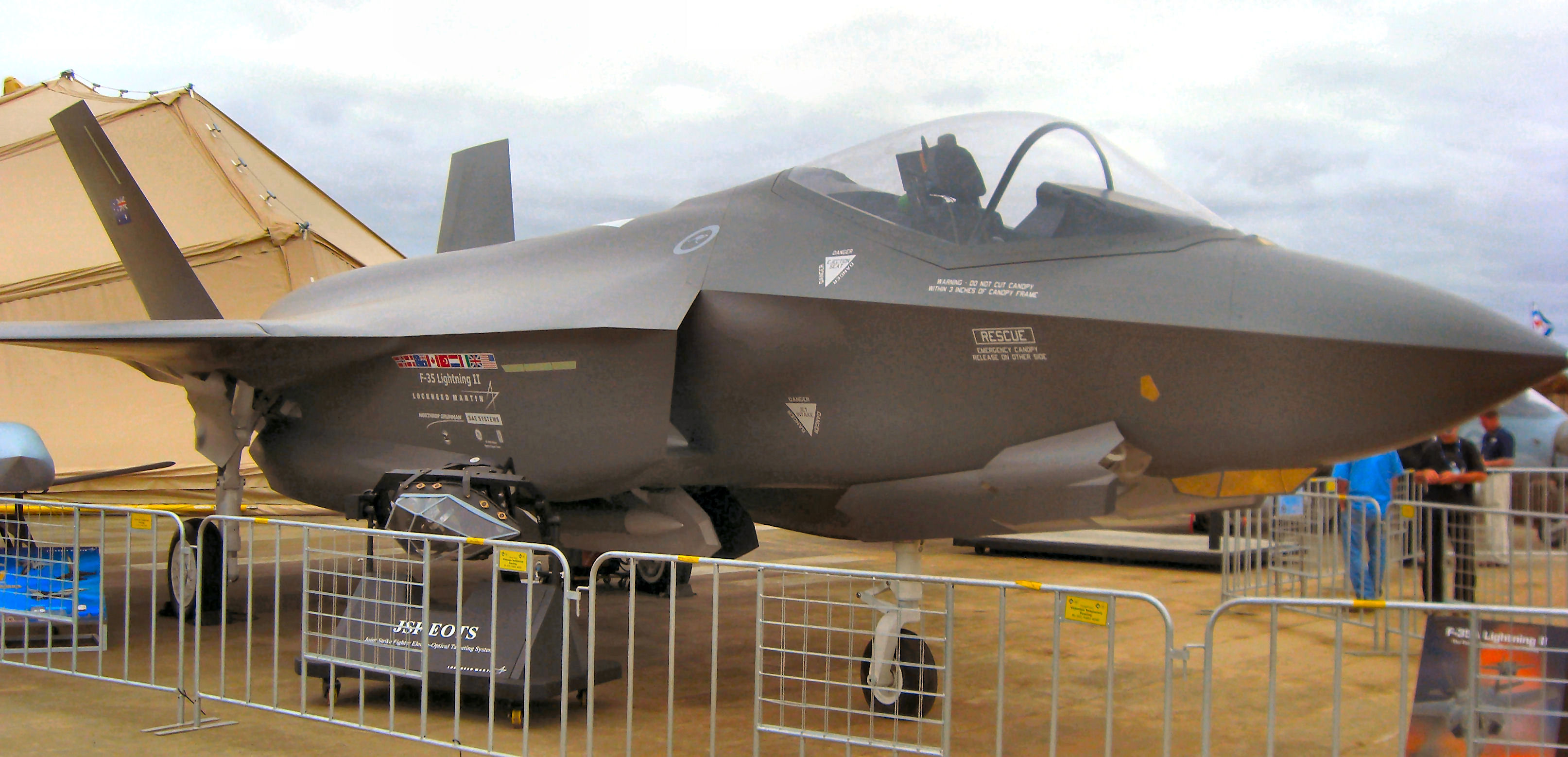
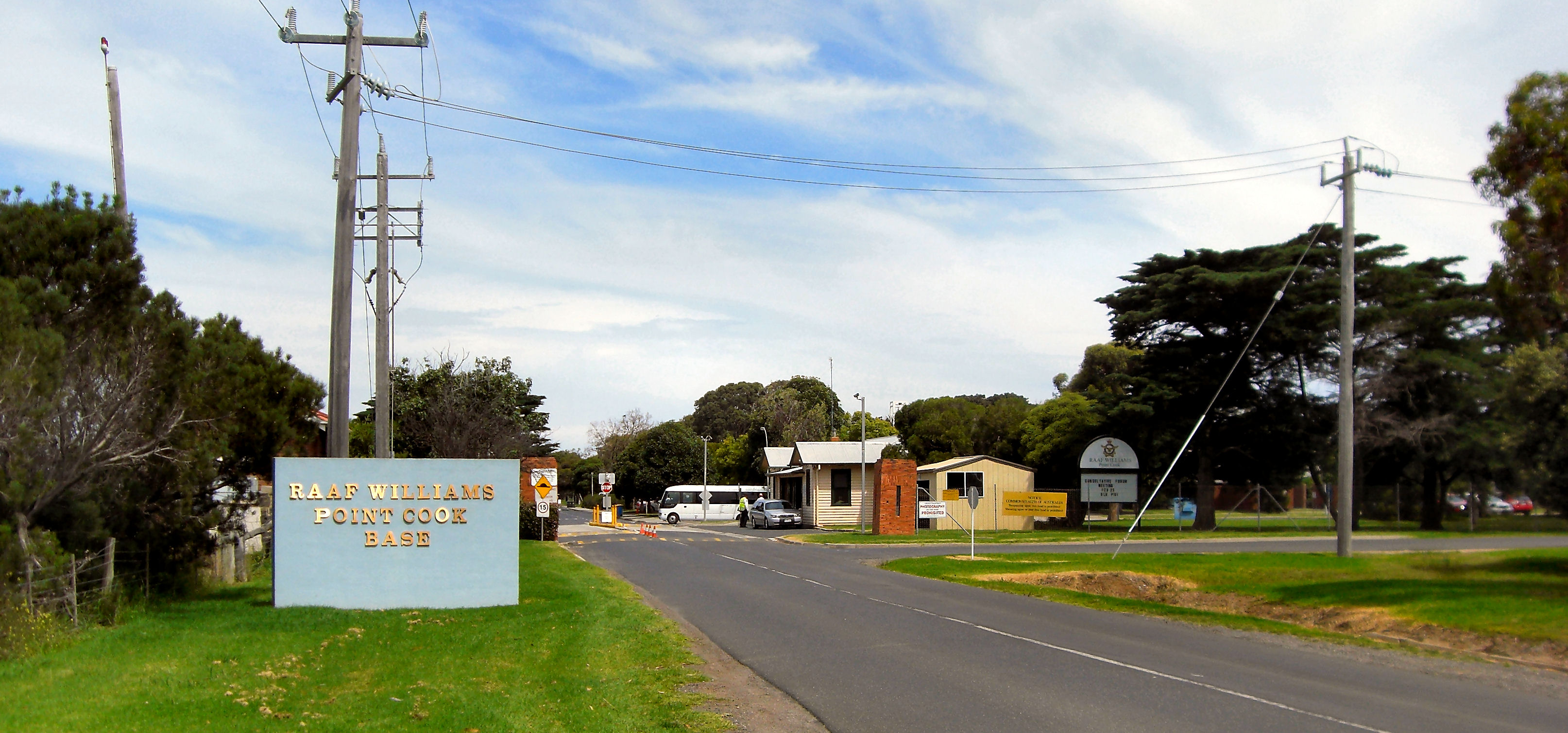

.jpg)
